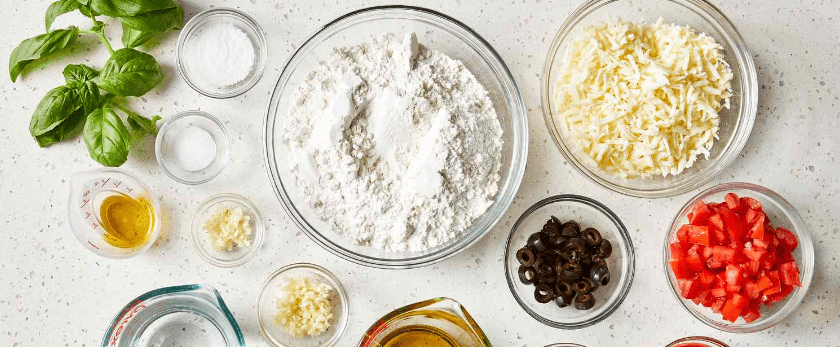Pizza is a beloved dish that has become a staple in many households. It's easy to see why – it's delicious, customizable, and perfect for any occasion. However, the traditional way of making pizza can have a negative impact on the environment. From the ingredients to the packaging, there are many ways that store-bought pizza can harm the planet. But fear not, pizza lovers! There is a solution – making your own homemade pizza. Not only is it better for the environment, but it's also a fun and rewarding activity. In this article, we'll explore why store-bought pizza is bad for the environment, why making your own is a greener option, and provide you with all the information and steps you need to make your own delicious and eco-friendly pizza.
Why Store-Bought Pizza is Bad for the Environment
-
Packaging Waste: One of the biggest environmental concerns with store-bought pizza is the excessive packaging waste. Most pizzas come in a cardboard box, which is often coated with plastic or wax to prevent grease from seeping through. This makes it difficult to recycle and can end up in landfills, where it takes hundreds of years to decompose.
-
Carbon Footprint: The ingredients used in store-bought pizza are often sourced from different parts of the world, resulting in a high carbon footprint. The transportation of these ingredients contributes to air pollution and greenhouse gas emissions, which contribute to climate change.
-
Single-Use Plastics: Many store-bought pizzas come with single-use plastic utensils, such as forks and knives, and condiment packets. These items are often used for a few minutes and then thrown away, adding to the plastic pollution crisis.
-
Chemicals and Preservatives: To prolong the shelf life of store-bought pizza, many preservatives and chemicals are added. These can be harmful to both our health and the environment. When these chemicals are washed down the drain, they can end up in our waterways and harm aquatic life.
Why Making Your Own Pizza is Better for the Environment
-
Less Packaging Waste: When you make your own pizza, you have control over the packaging. You can use reusable containers or wrap the pizza in foil, reducing the amount of waste produced.
-
Locally Sourced Ingredients: By making your own pizza, you have the opportunity to support local farmers and businesses by sourcing your ingredients from them. This reduces the carbon footprint of your pizza and supports your local economy.
-
No Single-Use Plastics: When making your own pizza, you can use your own utensils and condiments, eliminating the need for single-use plastics.
-
No Chemicals or Preservatives: By using fresh, locally sourced ingredients, you can avoid the harmful chemicals and preservatives found in store-bought pizza. This is not only better for the environment but also for your health.

What You'll Need
- Pizza dough (homemade or store-bought)
- Pizza sauce (homemade or store-bought)
- Toppings of your choice (vegetables, meats, cheeses, etc.)
- Baking sheet or pizza stone
- Rolling pin
- Pizza cutter or sharp knife
- Oven
Directions
-
Preheat your oven to 450°F (232°C).
-
Roll out your pizza dough on a floured surface using a rolling pin. If you're using store-bought dough, follow the instructions on the package.
-
Place the rolled-out dough on a baking sheet or pizza stone.
-
Spread the pizza sauce evenly over the dough, leaving a small border around the edges.
-
Add your desired toppings, making sure not to overload the pizza.
-
Place the pizza in the oven and bake for 12-15 minutes, or until the crust is golden brown and the cheese is melted.
-
Once done, remove the pizza from the oven and let it cool for a few minutes.
-
Cut the pizza into slices using a pizza cutter or sharp knife.
-
Enjoy your homemade, eco-friendly pizza!
Tips for a Greener Pizza
- Use organic and locally sourced ingredients whenever possible.
- Opt for vegetarian or vegan toppings to reduce your carbon footprint.
- Use a reusable pizza stone instead of a disposable baking sheet.
- Compost any food scraps or leftovers.
- Use a homemade pizza sauce to avoid preservatives and chemicals.
- Get creative with your toppings – try using leftover vegetables or meats from previous meals.
- Use a pizza cutter made from sustainable materials, such as bamboo or stainless steel.
Conclusion
Making your own homemade pizza is not only a delicious and fun activity, but it's also a great way to reduce your environmental impact. By using locally sourced ingredients, reducing packaging waste, and avoiding harmful chemicals and preservatives, you can enjoy a guilt-free pizza night. So next time you're craving pizza, skip the store-bought option and make your own – your taste buds and the planet will thank you.










